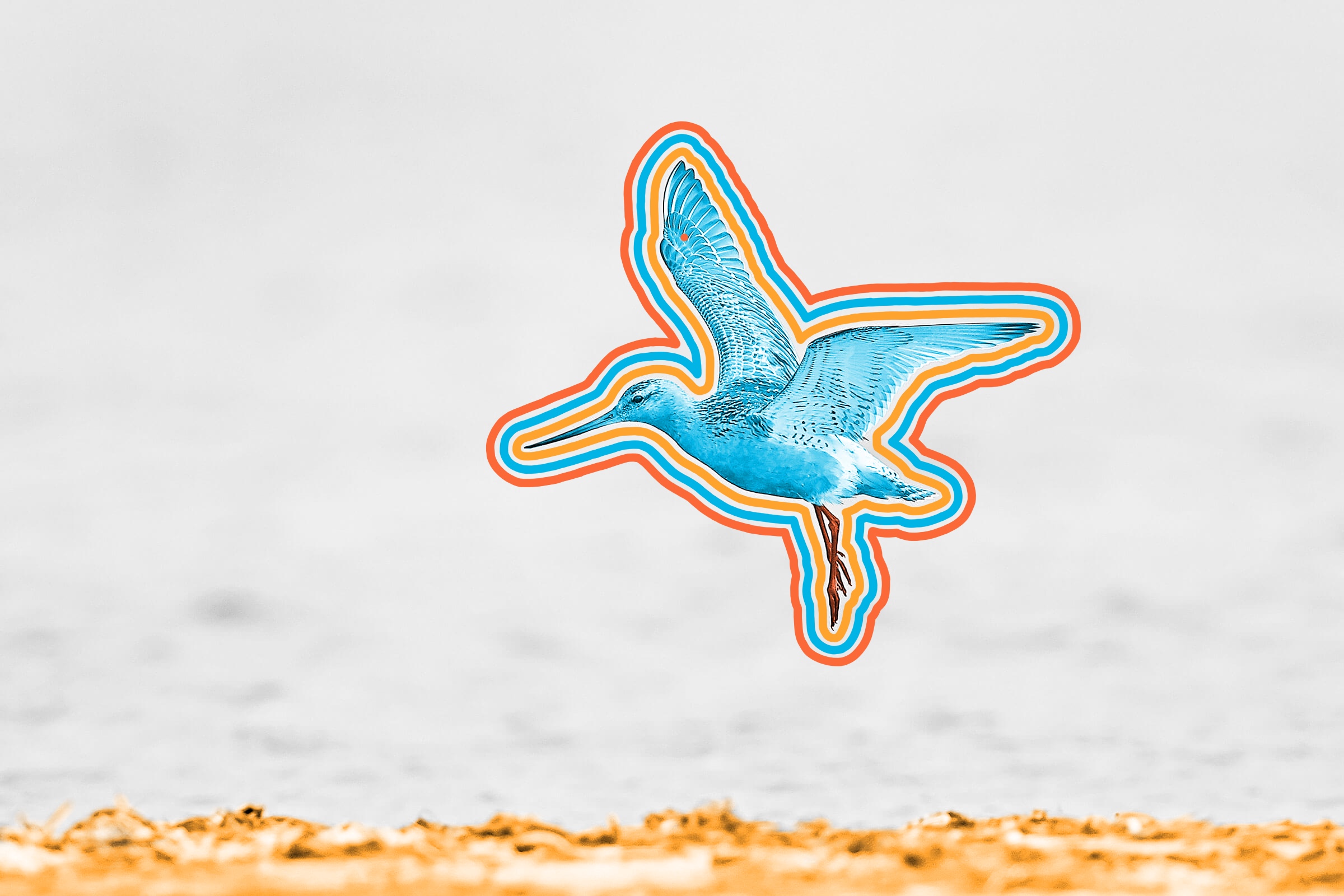
The longest nonstop animal flight was 11 days.
The animal kingdom is filled with amazing migrations. From the hordes of wildebeest stomping across the Serengeti to the lumbering blue whales along the Pacific Coast, seasonal journeys sometimes thousands of miles long can be found in just about every ecosystem on Earth. But one animal stands out among the rest of these impressive travelers: the little-known and criminally underrated bar-tailed godwit (Limosa lapponica). Preferring summers in Alaska and winters in Australia or New Zealand, these large, noisy sandpipers make an epic voyage twice a year. While it’s not the longest migration in the world overall, the bar-tailed godwit flies between its two travel destinations nonstop in a journey that can last 11 days or perhaps even longer.
On October 13, 2022, a 4-month-old bar-tailed godwit with the rather uninspiring name “B6” took flight for Australia, likely after fattening up on crustaceans and mollusks at the Yukon-Kuskokwim Delta in southwestern Alaska. Before the bird departed, the United States Geological Survey (USGS) and U.S. Fish and Wildlife Service tagged B6 with a solar-powered satellite transmitter to better understand the flight characteristics of juvenile godwits. After 11 days of nonstop flying, B6 arrived in Tasmania, Australia, on October 24, having traveled 8,425 miles. The USGS confirmed that this is the longest recorded nonstop flight of any animal on Earth, beating out a record of 8,100 miles set the year before by 4BBRW, an adult bar-tailed godwit. To put the achievement in perspective, bar-tailed godwits can fly across the entire Pacific Ocean without stopping at an age when humans are barely capable of lifting their own heads. Let them be underrated no longer.
On December 4, 1958, former WWII pilot and slot machine repairman Robert Timm — along with his co-pilot John Cook — took off in a Cessna 172 airplane at McCarran Airport in Las Vegas. The four-seater aircraft was relatively roomy for the two of them, which was a good thing because the pair spent the next two months flying in the clear desert sky. Originally conceived as a publicity stunt for the Hacienda hotel and casino, the plan was to top the existing record for longest continuous flight. After making some modifications, Timm perfected a method for refueling the Cessna that involved flying low while the plane was refueled from a truck on the ground. The first three attempts at the flight ended in failure, but on the fourth attempt, Timm and Cook passed the world record on January 23, 1959. Although some instruments began to fail, including the cabin heater and fuel gauge, the engine kept humming so that the aviator duo could continue onward. On February 7, 1959, after flying for 64 days, 22 hours, and 19 minutes and traveling some 150,000 miles, Timm and Cook landed their worn-down Cessna at McCarran Airport and completed a feat that has yet to be bested to this day.

